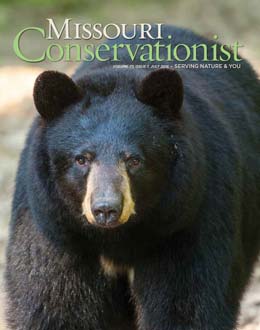Prairie grasses swish against hiking boots. Oak leaves crunch underfoot. A leopard frog splashes into a creek, scattering for a moment shiners and darters. A hiker can experience all these sights and sounds in a single walk where Missouri’s best remaining natural systems — prairies, woodlands, wetlands, forests, and rivers — intertwine. Truly wild places remain because Missourians value natural beauty and outdoor recreation.
But in an ever-changing world, the next challenge is to enhance and ensure their future.
The Missouri Department of Conservation nurtures nature statewide, from helping people plant backyard butterfly gardens to providing expertise for forest managers. But the Department also places a priority on providing comprehensive conservation services for high-quality ecosystems that offer Missourians unique connections with nature. These places conserve remnants of what Missouri looked like before 1800, when European settlement brought in land-use transformations that continue today.
Endangered prairie chickens still dance on leks, also known as booming grounds, in northwest and west-central Missouri thanks to partnerships and cutting-edge science. Ruffed grouse maintain a forest foothold in east central Missouri due to Department and private landowner habitat efforts. Alligator gar that can grow 10 feet long and weigh up to 300 pounds are being restored to marshy waters where wetlands remain connected with the Mississippi River in the Bootheel. A watershed in northeast Missouri holds the mosaic — remnant prairie, woodlands, streams, and forest — in one interwoven community.
Geographically, the highest quality natural areas are small islands compared to the cities and farms that sustain Missouri. Yet wild places also add billions of dollars in economic benefits, and as important, incalculable value to Missouri’s heart and soul. Where conservation opportunities are abundant or critical, the Department is using a wide-ranging approach to serve the needs of both people and nature.
Saving a Grassland Heritage
Prairie chicken males in a mating mood danced at sunrise this spring in north Harrison County. They stomped the ground and puffed out orange air sacs, making a booming sound to charm hens on hilltop leks. They’re a rare sight in a state with fewer than 300 prairie chickens, where hundreds of thousands once roamed. Conservation partners are giving this flock a boost with birds they brought in from Nebraska. Biologists fanned out across the countryside in April to count them and those in a similar restoration site in Iowa. Their efforts crossed state lines because the flocks do, too — just like they did when grasslands had endless horizons.
“These birds don’t live their lives on 160 acres,” said Dave Hoover, Department small game coordinator. “They get up and move.”
Conservation is moving to help native species across broad areas. The Department’s Pawnee Prairie Conservation Area and The Nature Conservancy’s Dunn Ranch Prairie are anchor points for preserving habitat benefitting all prairie plants, fish, and wildlife in the Grand River Grasslands. The Iowa Department of Natural Resources is also a partner, as are other public agencies, private landowners, and cattle farmers participating in voluntary habitat-management programs. A focused effort helps counter the fact that less than one-tenth of 1 percent of Missouri’s original prairies survive today.
Prairie chickens evolved on fire-stimulated native grasslands grazed by brawny bison. But their sustainable future is linked to beef. The Department’s studies show forage management can be tweaked to make cattle pastures better places for prairie chickens to nest or raise broods. Those changes can also boost forage quality, which benefits livestock profits with better calving success and weight gain, said Kendall Coleman, private land conservationist. Coleman helps farmers use federal and state grants to implement wildlife-friendly practices. Landowners can affordably remove unwanted trees, plant native grasses and wildflowers, vary vegetation heights, and fence cattle out of streams. Wildlife benefits, while ranchers get better forage plant vigor and cleaner water sources to nourish cattle.
“My hope is they’ll learn this is profitable,” Coleman said.
Public prairies such as Wah’Kon-Tah in the Upper Osage Grasslands near El Dorado Springs in west central Missouri are managed to benefit prairie species. Efforts range from bobwhite quail research using radio telemetry to hand-collecting seeds from endangered Mead’s milkweed plants for restoration plantings. Two prairie chicken flocks are also in the area. But public prairie areas are tiny remnants on broad landscapes.
“If we can work with farmers to protect their profits while improving wildlife habitat, that’s where we all win,” said Matt Hill, wildlife management biologist.
Prairies are more than just wildlife and wildflowers. Baker Branch at the Department’s Taberville Prairie provides water for wildlife but also harbors frogs and fish such as colorful orangethroat darters. The branch is an outstanding resource because so few streams remain that are fed by seeps and springs with water filtered by prairie sod and shaded by grasses and small willows.
“I’ve sampled it in the heat of summer,” said Tom Priesendorf, fisheries management biologist. “It’s amazing how cool that water is in the middle of August.”
Nurturing Forests In the Missouri River Hills
A walk in the oak-hickory forest is timeless at the Daniel Boone Conservation Area in Warren County east of St. Louis. There, the area’s namesake pioneer would find the same plants growing today as when he entered Missouri in 1799. Ruffed grouse, a rarely seen species of concern, still drum on logs in spring mating rituals. Almost 7 miles to the northwest, the Danville Conservation Area preserves forests that open into dry glades, a kind of dry, desert-like habitat with unique flora such as coneflowers. But also key to their health is the fact that, in between the Department’s public areas, most private land is forest or open woodland, too.
“It’s the largest contiguous tract of forest north of the Missouri River,” said Jamie Barton, private land conservationist. “There are quite a few landowners willing to do habitat work in the area.”
Deer and turkey hunters value the Missouri River Hills area. So do naturalists. Steep, rocky terrain kept the plow at bay and the forest in place. But science-based management is required to keep unique original plant communities thriving. Prescribed fire mimics historical fire to keep limestone and sandstone glades free of red cedar and populated with plants such as prairie clover and Indian paintbrush. Fire, timed properly, also keeps woodlands open where grasses and wildflowers grow among scattered oaks and hickories. In the valleys, thinning or harvesting forests boosts plant diversity, which helps wildlife and makes marketable timber grow faster.
Bill and Margie Haag thinned timber, cleared rocky glades of red cedar, and eliminated nonnative fescue from pastures on their land near Portland in Callaway County. Wild game increased, native grasses and wildflowers thrived, and the Haags also noticed more songbirds.
“You get 10 to 20 percent more browse in the woods, and that gives the (ruffed) grouse, deer, and turkey a boost,” Bill Haag said. “But the wildflowers are almost as fun to see as the deer. We’ve got wildflowers that will knock your eyeballs out.”
Where the Big River Bends
Tall trees, swamp rabbits that swim well, and a north-flowing Mississippi River are part of the scenery at the Donaldson Point Conservation Area. It’s a small but valuable surviving slice where birds such as Mississippi kites nest in cypress and cottonwood trees looming over oxbows, ridges, swales, and sloughs. Agriculture transformed 2 million acres of bottomland forest and wetlands in southeast Missouri’s Bootheel region into productive row crops and cotton fields. But along the Mississippi, where the river bends sharply around flood-prone points, the Department manages conservation areas with remnant forest and sloughs, such as Ten Mile Pond, Seven Island, Donaldson Point, Girvin, and Black Island.
“They’re really nice areas that preserve the remnant pieces,” said Ross Glenn, resource forester. “You can imagine what the whole area looked like before the land changes took place.”
Department conservation areas and Big Oak Tree State Park are anchors for a broader effort to restore wetlands and forest in the Bootheel’s River Bends area. Farms and crops will always remain dominant on the level, rich Mississippi bottomland. But the Department works with farmers interested in using conservation to their benefit. Some crop fields can be marginal producers due to wet conditions.
Department staff help connect landowners with federal, state, and private conservation programs that provide money for dirt work to scoop out pools and control water to reestablish wetlands on wet-prone fields. Property owners get a financial return on acreage, and wetlands useful for flood control and fish and wildlife habitat are re-established. Some private property owners seek help managing remnant timber stands. Tree planting assistance is available where farmers seek buffer zones along riparian corridors to reduce erosion during flood events.
“We’re trying to restore, manage, and enhance where we can,” Glenn said.
The Department’s bottomland forests and wetlands are popular public hunting and fishing destinations in a region with little public access. But they’re also home to swamp rabbits, a species of concern in Missouri. The state-endangered Swainson’s warbler is found in thickets and cane breaks. Fisheries biologists are stocking alligator gar, fish that can become giants, in the sloughs. Researchers monitor birds, frogs, and fish.
Off the beaten path, Glenn said, “These are really neat areas to experience pieces of what used to be here.” Spring Creek’s Interwoven Legacy
Managing Missouri’s best wild places is rarely about just taking care of a forest, wetland, grassland, or stream. More often, nurturing nature is about caring for ecologically pure remnants and the transition zones where they intertwine, such as the Spring Creek watershed of northeast Missouri. The Department manages the Morris Prairie Conservation Area in the watershed’s upper reaches, 40 acres of open, unplowed prairie. Yet only 4 miles southwest in the Dark Hollow Natural Area, old-growth oaks shade ravines rich with ferns, said Ryan Jones, Department wildlife biologist.
Historically, Jones said, “you could stand in the corner of Dark Hollow in the spring and hear ruffed grouse drumming and prairie chickens booming.”
Nearby, Spring Creek cuts through Union Ridge Conservation Area where forest in the valleys becomes open woodland on the upper hillsides. Applying decades of scientific research and observation, biologists strategically use prescribed fire to restore prairie and savanna natural communities on the area’s upper ridges and meadows. Deer and turkey benefit, but so do butterflies, birds, and native plants valued for their beauty and variety.
“That’s what makes the Spring Creek watershed neat,” Jones said. “It’s a true progression of what most of Missouri originally looked like, from upland prairies to bottomland forests, and there’s savanna and woodland in between.”
But simply setting land aside from development does not ensure ecological preservation, nor promote the best hunting, fishing, birding, and hiking that a high-quality natural area can provide. Restoring wildlife-rich natural systems requires thoughtful land management and partnerships. The Department provides guidance to property owners, many who value deer and turkey, but who also appreciate wildflowers blooming in summer and native grasses turning golden red in autumn.
“Just the timber stand improvement in our woodland was incredible,” said Michael Turner, whose Adair County farm is in the watershed. “I’d never seen purple coneflowers on my place. Now, I’ve got eight or nine patches.”
Turner halted unnecessary mowing in pastures and applied treatments such as prescribed burns. Remnant native plants responded with lush growth.
“I just can’t believe the way it’s responded to pretty aggressive management practices,” he said. “It’s beautiful.”
The Department and its partners also provide expertise and cost-share funds for landowners to fence cattle out of stream corridors and build alternative watering sites for livestock. That protects water quality in Spring Creek, which has 21 species of fish and three species of mussels. The fish include Topeka shiners, an endangered species restored with hatchery-raised fish originating in Missouri. They are considered an experimental, nonessential population. Thus the species is returned to the ecosystem, but they cause no legal restrictions on private land-use due to their presence.
The Topeka shiner, prairie chickens, rare plants, and places where coneflowers provide pink or yellow blooms near the oaks — they all evolved amid dynamic ecosystems made complete by their diversity.
We’ve learned an important lesson in a century of conservation progress. Saving a single prairie remnant won’t ensure the prairie chicken’s survival. A woodlot is not big enough for ruffed grouse. Streams without clean water provided by good forest and woodland management won’t support smallmouth bass. But conservation efforts across broad ecosystems will support the fish, wildlife, and scenery Missourians love to experience, now and tomorrow.
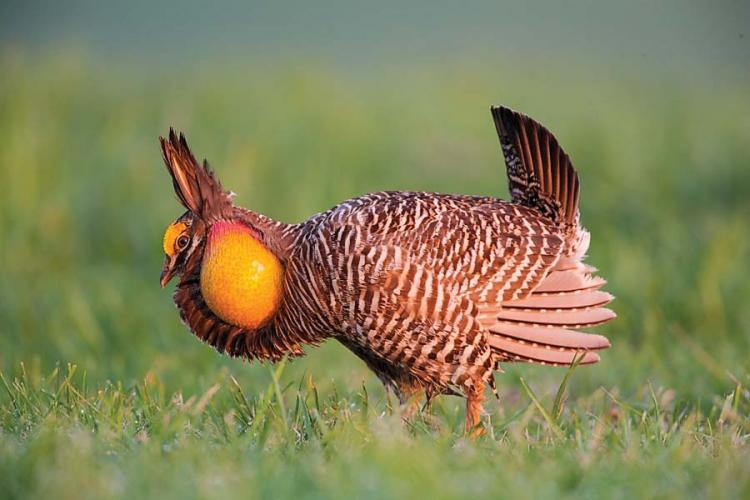

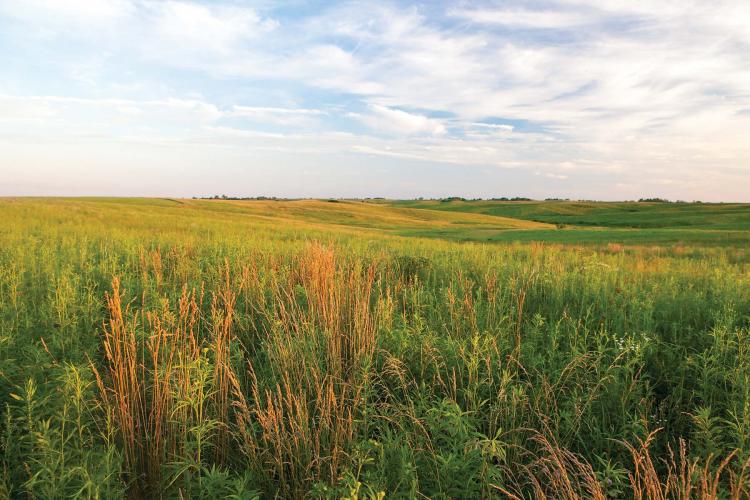




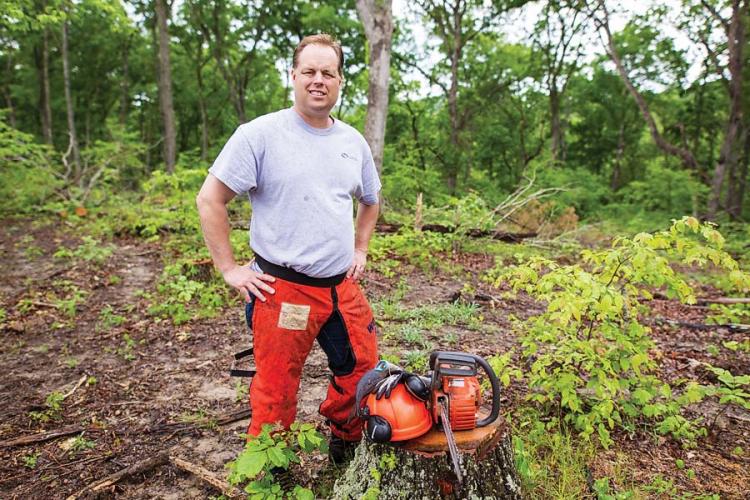

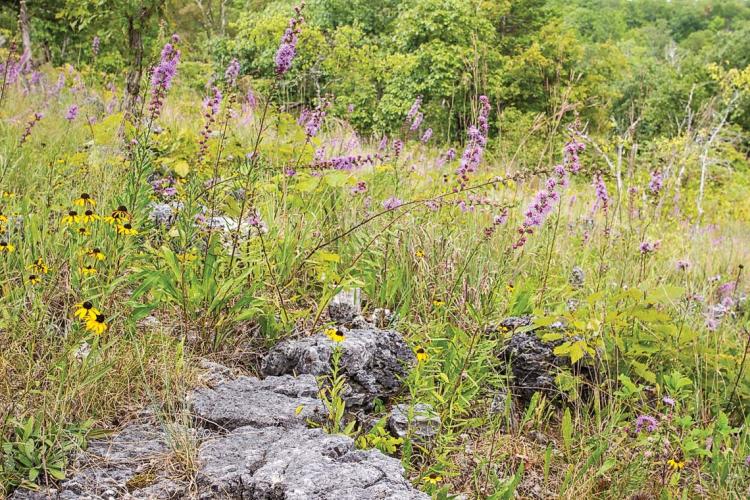
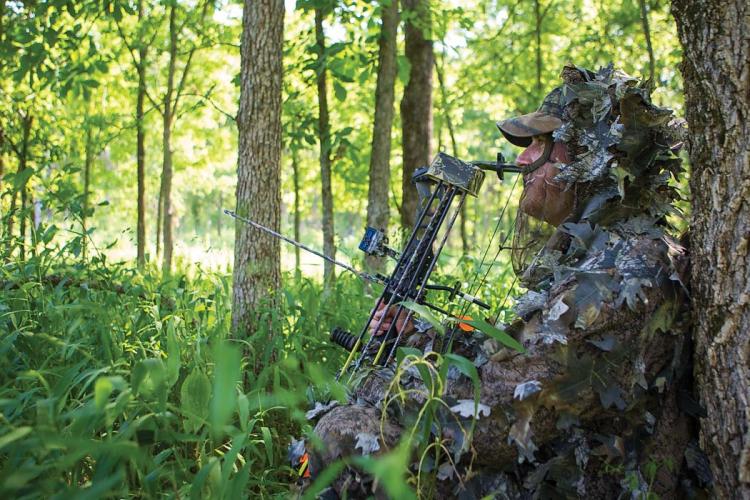
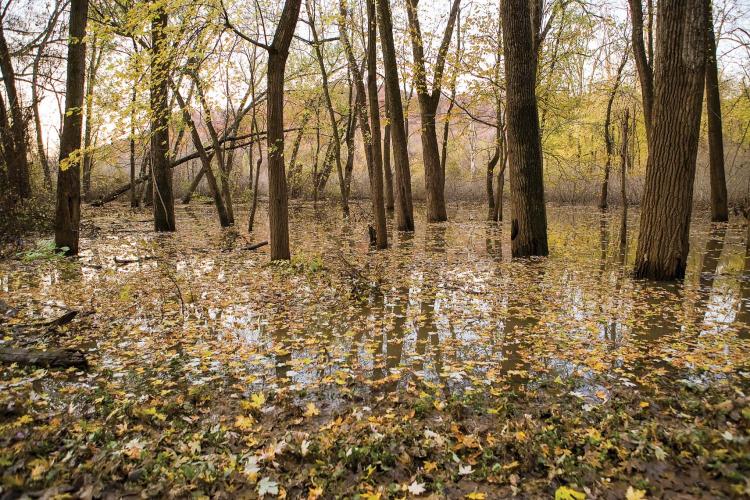
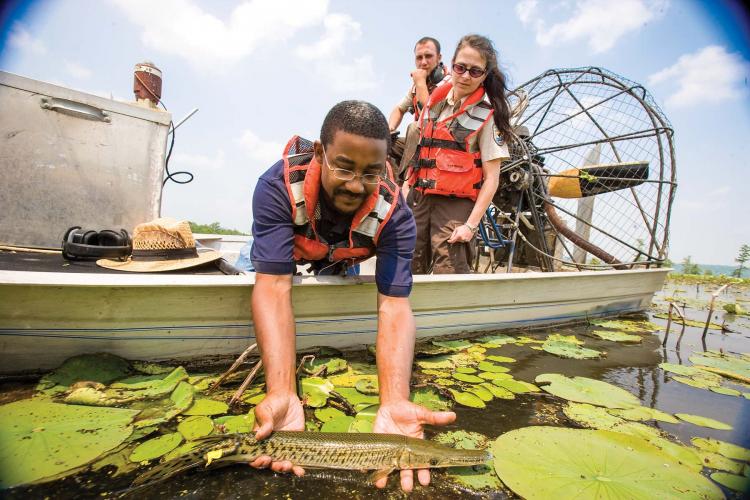
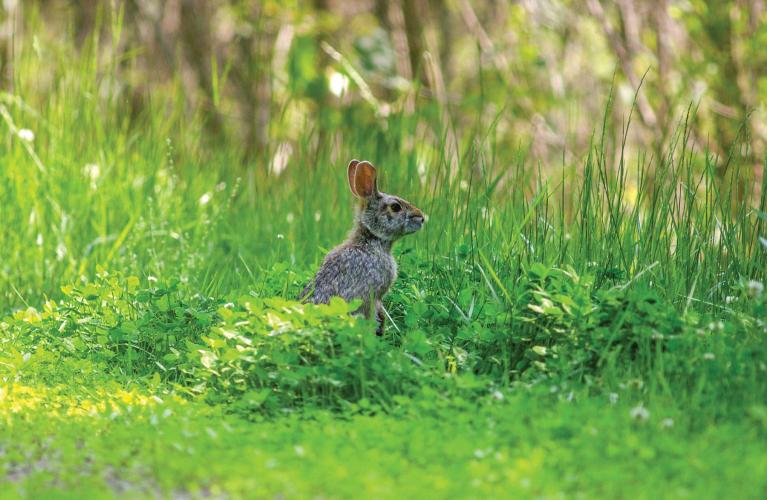
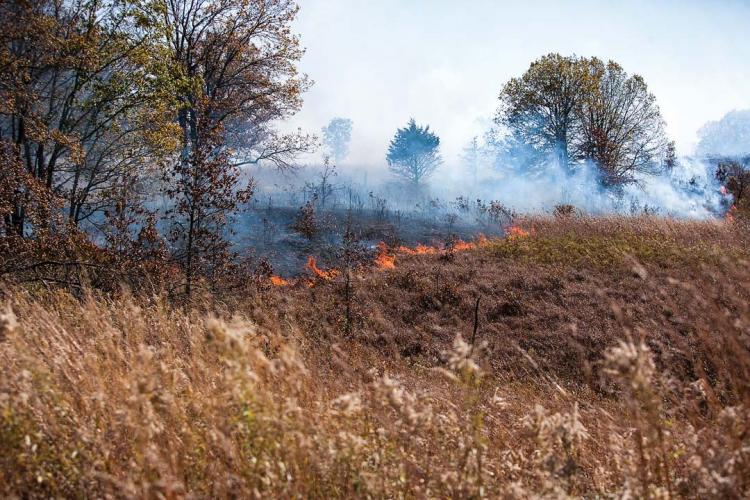
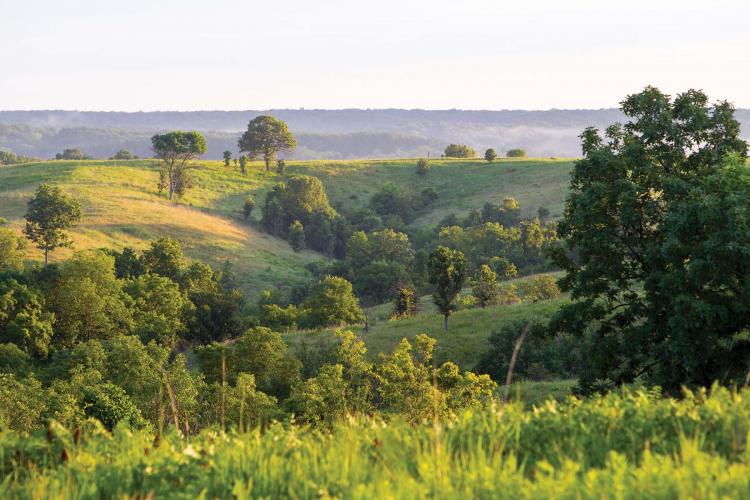
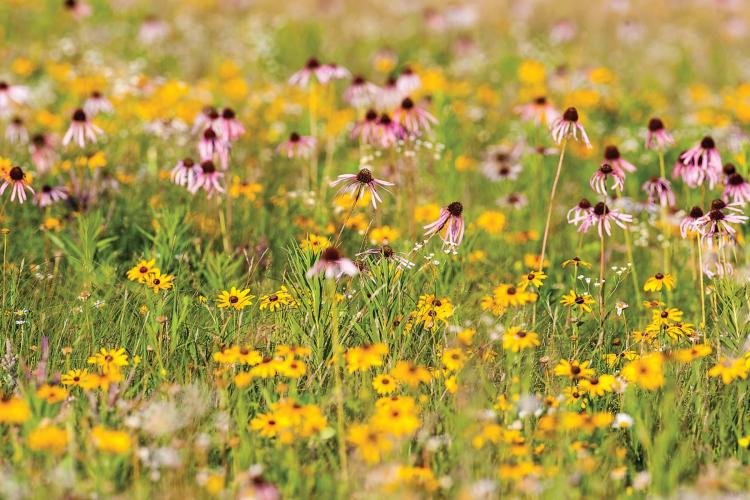
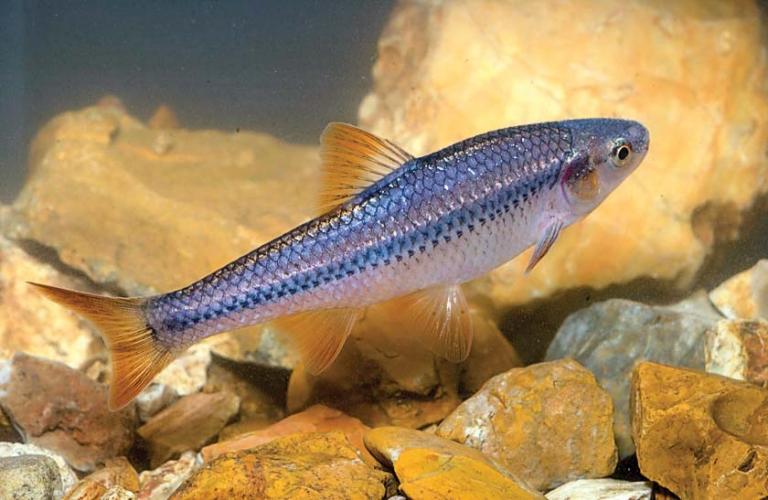
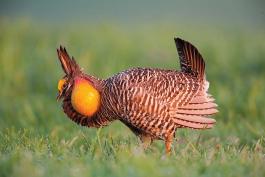
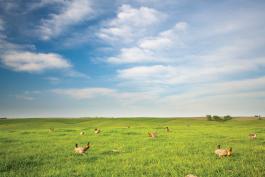


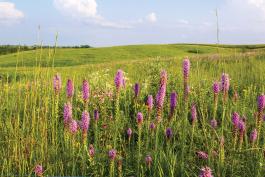
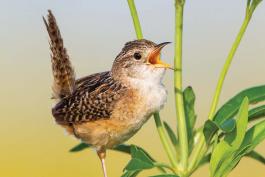

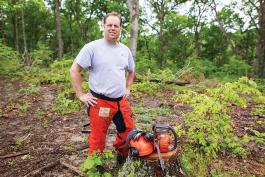

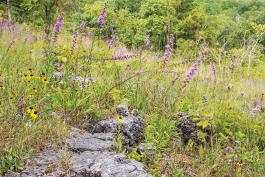
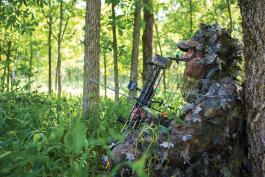
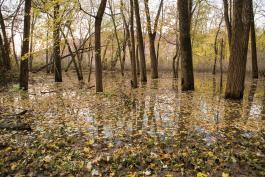

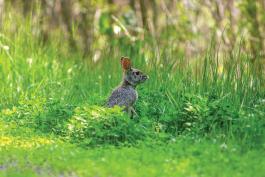
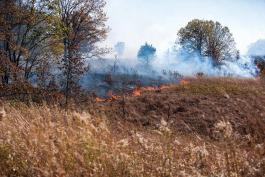
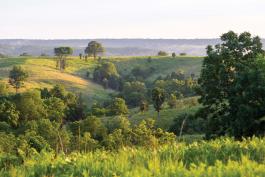
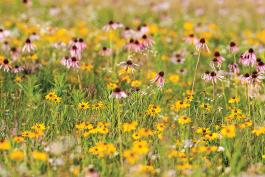
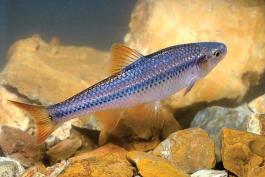
Also In This Issue
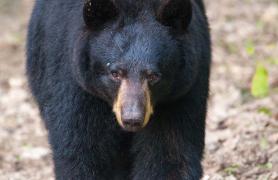

And More...
This Issue's Staff
Art Director - Cliff White
Associate Editor - Bonnie Chasteen
Staff Writer - Heather Feeler
Staff Writer - Kristie Hilgedick
Staff Writer - Joe Jerek
Photographer - Noppadol Paothong
Photographer - David Stonner
Designer - Les Fortenberry
Designer - Marci Porter
Designer - Stephanie Thurber
Circulation - Laura Scheuler






















